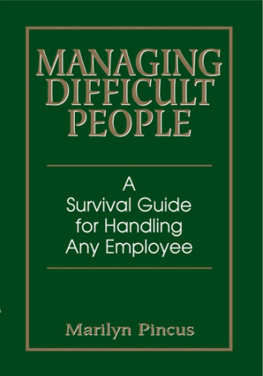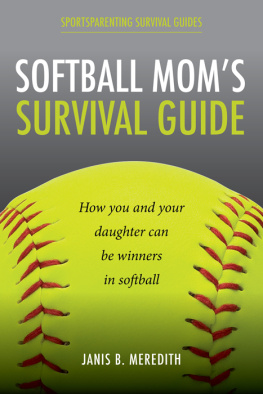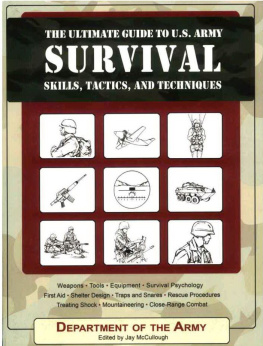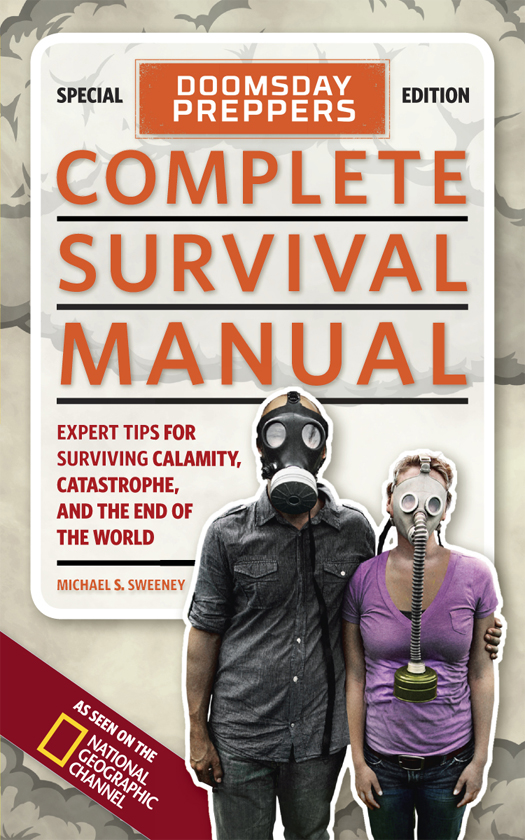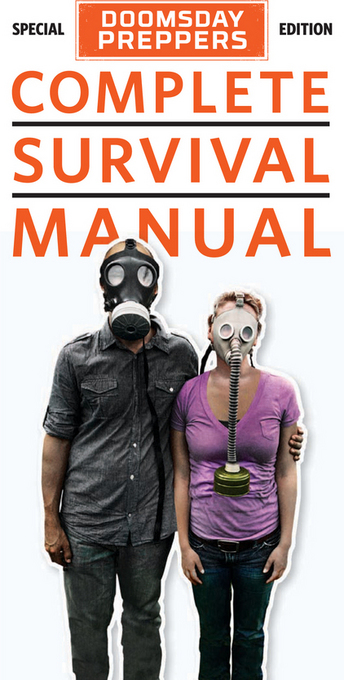

AUTHORS
Michael S. Sweeney through Eight and Appendix
Michele Kayal
Elizabeth Towner
CONSULTANTS FOR NON-DOOMSDAY PREPPER SURVIVAL INFORMATION
Mireya Mayor National Geographic emerging explorer, NGTV correspondent, and primatologist
Larry Stanier Internationally certified mountain guide and snow avalanche consultant
The logos for the Girl Scouts of the USA and Boy Scouts of America are registered trademarks and are used with permission. The U.S. Army logo is a registered trademark of the Department of the Army and is used with permission.
All expert tips are used with permission from the following sources: Girl Scouts: Outdoor Education in Girl Scouting; Boy Scouts: Fieldbook; U.S. Army: FM 21-76 U.S. Army Survival Manual. For additional credits, see credits and copyright pages (pp.367-368).
All content and information published in this book is provided to the reader as is and without any warranties. The situations and activities described in the book carry inherent risks and hazards. The reader must evaluate and bear all risks associated with use of the information provided in this book, including those risks associated with reliance on the accuracy, thoroughness, utility, or appropriateness of the information for any particular situation. The authors and publisher specifically disclaim all responsibility for any liability, loss, or risk, personal or otherwise, which is incurred as a consequence of the use and application of any of the contents in this book.

INTRODUCTION
R emember the classic fable about the grasshopper and the ants? In the spring and summer months, the grasshopper sings and dances, enjoying himself in the warm sunshine. The ants, however, are hard at work gathering and storing food for the long, dark winter ahead. The grasshopper mocks the ants and their preparationshe points out how there is plenty of food around now, so why not kick back and relax? The ants ignore the carefree grasshopper and stick to their work. Flash-forward to wintertime, and the once-chipper grasshopper is now cold and starving. But the ants are warm and well fed, feasting on the stores of food they had so smartly stored during a time of plenty. The moral of the story? Be prepared.
When you sit down to watch National Geographics hit show Doomsday Preppers, it is impossible not to be reminded of this story. Parallels between Aesops bugs and the people on the show are easy to spot. Most people are grasshoppersenjoying an abundance of food and resources and good times. The preppers are the antsvigilant, hard at work, and carefully planning for harder times. They know winter is coming. Only on Doomsday Preppers, its not winter that theyre planning for.
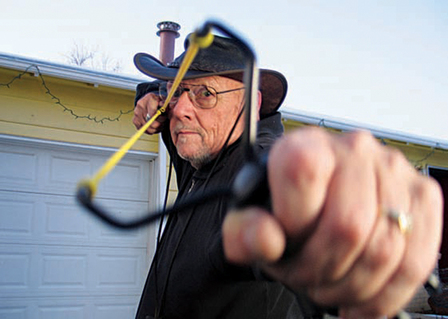
No matter what the disaster, self-defense is an essential part of doomsday survival.
Its the end of the world.
Doomsday preppers believe that civilization is on the eve of some sort of global destruction. It could be nuclear war. It could be a supervolcano. It could be a financial collapse. Or it could be a global pandemic. It doesnt quite matter what the exact disaster is: The end is nearand youd better get ready for it.
Each prepper featured on the show has his or her own special plan for the end of times. Some construct their own self-sufficient fortresses out of steel shipping containers, impervious to bullets and able to withstand earthquakes. They prepare and stockpile thousands of pounds of food in their homes, enough to feed dozens of people over several years. Many have elaborate escape plans to bug out in an emergency and conduct practice drills to see just how quickly they can gather the essentials and evacuate. Others see that building community ties can be a source of strength: By teaching their friends and neighbors how to administer first aid, purify water, and defend themselves, the community can band together and survive during the dark times ahead.
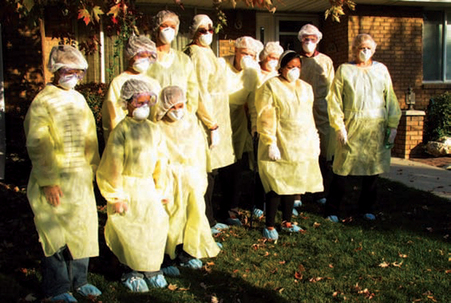
When the whole family preps, everyone knows the plan for Armageddon.
The Doomsday Preppers Complete Survival Manual is the perfect resource for anyone looking to be ready for an emergencyno matter what youre facing. It may be the end of the world; it may be a misstep on the hiking trail. Either way, this manual is an essential piece of survival equipment, whether its placed in your bug-out bag or in your backpack. Being prepared for an emergency situation can be the difference between life and death, and this manual is a key part of getting ready for the ultimate worst-case scenario.
In these pages, youll find advice for how to survive in any environment, whether on land or at sea, in forests or deserts, mountains or swamps, at home or on the road. Youll learn what to pack in your bug-out bag, how to start signal and cooking fires, how to collect and purify drinking water, what to eat in the wilderness, how to build shelter, and what to do when theres a hurricane, earthquake, blizzard, flood, or volcanic eruption.
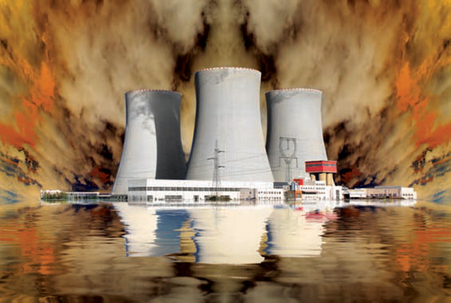
Nuclear meltdown is one of many doomsday scenarios for which people prep.
Throughout the book, youll find useful tips from the preppers themselves as well as expert tips from the U.S. Army and the Boy Scouts and Girl Scouts (their motto isnt be prepared for nothing). At the end of each chapter is a Prepper Profile that details the plans and preps of those featured on Doomsday Preppers. At the end of the book, a hardworking appendix gives you packing checklists, a full-color guide to edible plants, instructions for tying three simple but effective knots, semaphore signals, world maps of each environment, and critical first aid information.
So dont be a grasshopper. Be an ant. Prepare yourself for what may come. Master the information, learn the skills, gather your resources, and practice your plans.
Your life may depend on it.
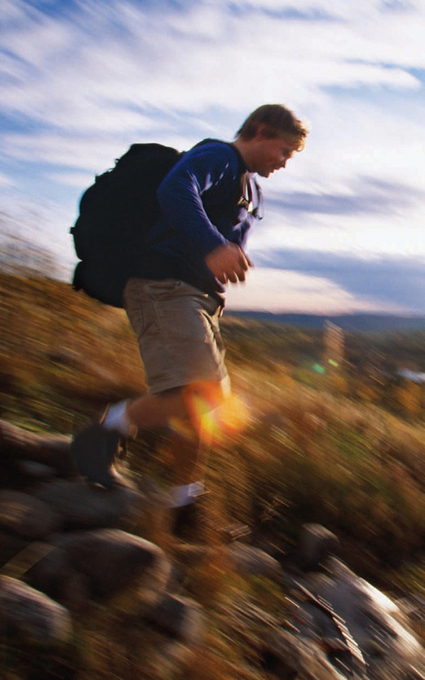
Scientifically speaking, historys greatest survival story ended in failure. / Ernest Shackleton and his crew of 27 hoped to be the first explorers across Antarctica. Instead, ice floes crushed their ship offshore. The men gathered on the floating ice and watched the Endurance sink on November 21, 1915. As nobody else knew of their plight, they had to find their own way out across 800 miles of ice and ocean in lifeboats. / Yet all lived, inscribing an astonishing page in the annals of survival. Like the 1970 Apollo 13 moon mission that returned safely after a devastating explosion in space, Shackleton and his men achieved a successful failure. They had the basics of survival: proper clothing, means to obtain food and water, shelter (in tents and overturned boats), and a good plan. In Shackleton, they also had the most crucial element: a cool mind. / An ordered mind and a clear program were essential if we were to come through without loss of life, Shackleton wrote. / Surviving isnt about luck, although luck can play a role. In forests, in deserts, on water, or even in disasters near home, the difference between life and death is often a matter of mental and physical preparation.











